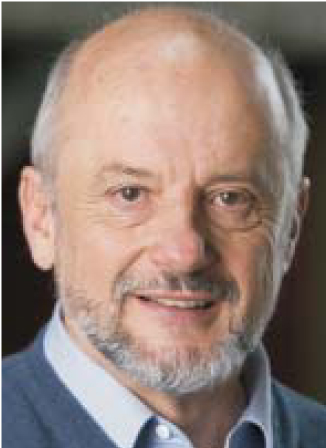Experiments, jobs cut at DOE labs
DOI: 10.1063/1.2963003
During a trip to Washington, DC, this spring, Pushpalatha Bhat told Barack Obama’s Senate staff that they need to apply the Democratic presidential candidate’s “Yes we can” attitude to reverse the budget cuts that were levied late last year on physics. “That’s his motto,” says Bhat. “And I challenged them that we need ‘the audacity of hope’—the title of Obama’s book. We can’t afford to lose that. We need to fund science and education. They are the basic building blocks for advanced civilization. And we need to regain credibility and standing on the world stage.”
Fermilab, where Bhat has been an experimental physicist for 20 years, is cutting 200 positions, or more than 10% of its workforce. “Morale is low,” she says. “Very smart young people that I know have recently left the field because they are discouraged about what’s happening to the lab.” Fermilab’s budget for fiscal year 2008 is $320 million, or $52 million less than expected and $24 million less than in 2007 (see Physics Today, April 2008, page 37
Fermilab may have been hardest hit, but many Department of Energy labs are reeling from budget cuts. SLAC, at Stanford University, with a high-energy physics budget of $95 million, came up more than 20% short of its anticipated amount, which forced the lab to prematurely close the B factory, stop work on the International Linear Collider (ILC), reduce the hours of operation of its synchrotron light source, and cut 15% of its workforce, or about 225 jobs. As part of a 7%, $39 million cut from FY 2007 levels in Argonne National Laboratory’s budget, DOE directed the lab to shut its Intense Pulsed Neutron Source a year early, which resulted in 44 people losing their jobs. Other labs, including the weapons labs, also suffered losses. Lawrence Livermore National Laboratory, for example, laid off 440 employees in May and, as of press time, expected to slash 100 more jobs at the end of June. That’s on top of layoffs and voluntary departures earlier this year and other recent job cuts. In total, LLNL is down nearly 2000 employees from two years ago. This year’s cuts are “unprecedented,” says Fermilab director Pier Oddone, “other than the SSC [Superconducting Super Collider], which was more catastrophic.”
In high-energy physics, Oddone says, “the biggest impact of the cuts is on all the future projects.” Funding for the ILC and superconducting RF research—for Project X, which would produce neutrinos, muons, and kaons and is seen as a less costly way to do important science if the ILC is delayed (see Physics Today, October 2007, page 30
Stopping capital investments in those projects wasn’t enough to fit the slimmed-down budget, so Fermilab introduced furloughs and is cutting jobs. Since February all Fermilab employees have had to take a week of unpaid leave every two months. “We saved about $12 million that way,” Oddone says. The furloughs lasted only four months, thanks to a $5 million anonymous gift to the University of Chicago that will be used at Fermilab. Morale took “a big step up” with the 27 May announcement, says Fermilab press officer Judy Jackson. “It was palpable. You could tell by the noise level in the cafeteria.”
The budget cuts undermine Fermilab’s ambitions to host the ILC, Oddone says. “Even participating in a significant way is more difficult. It’s not only the cuts that hurt, but the fact that ITER [the international fusion energy reactor] was not funded. Again we get egg on our face. The question [international partners have] will always be ‘How can we trust you?’”
On a more positive note, Oddone points to the 29 May Particle Physics Project Prioritization Panel report, whose recommendations support keeping the US in a leadership role in particle physics. “We are getting a lot of support. It gives a lot of hope,” says Oddone.
“After the cuts there was mobilization of the science community to make a better case with the Congress, and even the congressional words have been very supportive of science. Things can change when a new administration comes in,” he adds. “I think it’s directorial disease, but I am optimistic about the future.”

Oddone
FERMILAB

More about the Authors
Toni Feder. tfeder@aip.org
